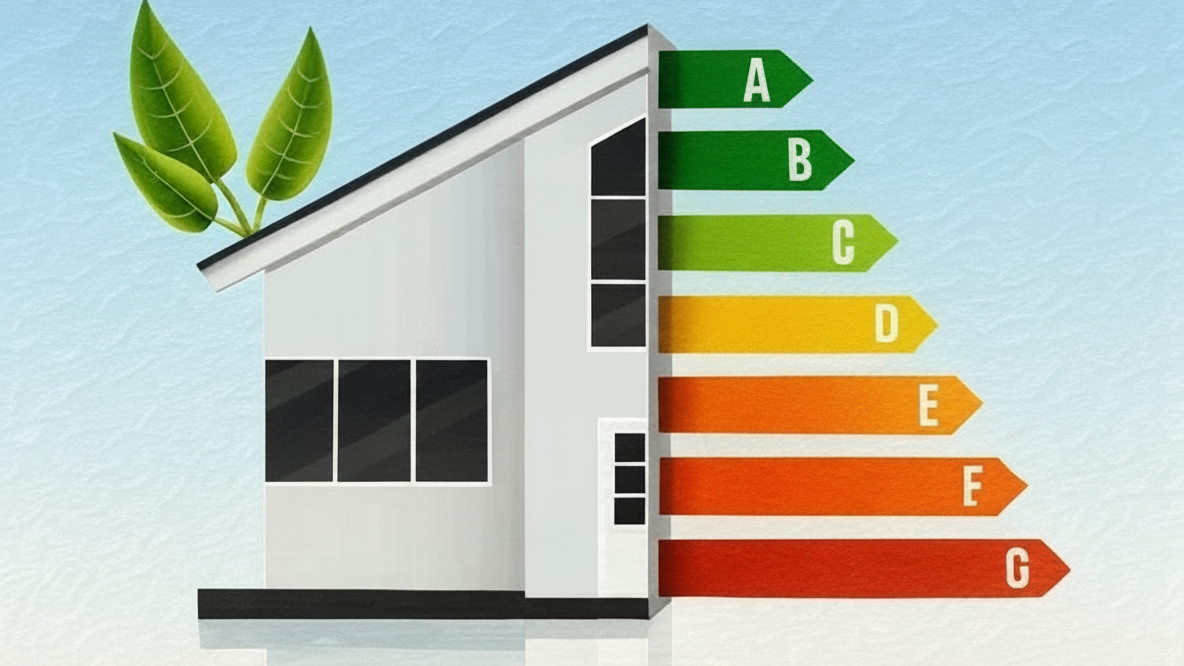When planning a new build property in the UK, one of the most important compliance requirements you will face is SAP calculations. Whether you are a homeowner building an extension, a developer working on multiple plots, or an architect preparing building control documents, understanding SAP calculations is essential. These calculations determine how energy-efficient your new property is and whether it meets UK Building Regulations (Part L).
What Are SAP Calculations?
SAP stands for Standard Assessment Procedure – the UK Government’s official method for assessing and comparing the energy performance of homes.
SAP calculations measure how energy-efficient a building is by analysing:
- The construction materials
- Insulation levels
- Heating system
- Hot water system
- Lighting
- Ventilation
- Renewable technologies (solar panels, heat pumps, etc.)
The end result is a SAP score, an Energy Efficiency Rating, and ultimately an EPC (Energy Performance Certificate) once the building is completed.
When Are SAP Calculations Required?
- All new build homes
- Some extensions with increased glazing
- Conversions (e.g., barn to house)
- Changes in dwelling use
Without approved SAP calculations, Building Control will not sign off your project.
Why Do You Need SAP Calculations?
SAP calculations are not just paperwork—they are essential for ensuring your building complies with UK energy standards and is affordable to run.
1. Building Regulations Compliance (Part L)
SAP calculations prove that your property meets Part L requirements for energy efficiency. Without them, your project cannot legally proceed or be approved by Building Control.
2. To Obtain Your EPC
Every new home must have an Energy Performance Certificate. SAP calculations generate the necessary data to produce this EPC.
3. Reduce Energy Bills
A good SAP design helps you create an energy-efficient home. This means:
- Lower heating costs
- Reduced CO₂ emissions
- Better comfort levels for occupants







